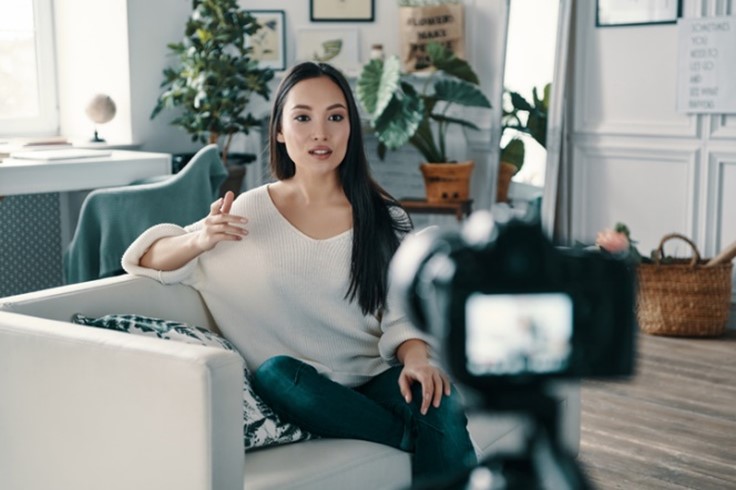Can a Selfie Video Fight Mental Health Stigma?
Many people with mental health conditions don’t get needed treatment. Despite increased awareness and public discussion of mental health, stigma remains one of the primary barriers to people getting help. The use of brief videos, traditional and “selfie” style, with messages of recovery and hope may help reduce stigma and increase understanding of mental illness, as well as young people’s willingness to seek help, according to a recent study published in Psychiatric Services. Previous research has found that knowing or meeting people who share their stories of mental health challenges and recovery can help reduce stigma.
Stigma includes both public perceptions and self-perceptions. Public stigma involves a community-level perception that people living with mental health conditions are incompetent, at fault for their condition or generally dangerous. Self-stigma refers to when an individual internalizes the public stigma and believes they deserve the negative perceptions and attitudes. Stigma is “not only psychologically damaging, but it often interferes with the normal daily life of people with mental health conditions, decreases their willingness to seek treatment, leads to social isolation, and increases the risk for suicide,” the study authors note.

The research team, led by Doron Amsalem, M.D., with Columbia University, looked at the use of traditional videos and selfie videos in reducing stigma among adolescents and young adults. The research involved two studies, one with more than 5,000 young adults aged 18 to 25 and one with more than 5,600 adolescents aged 14 to 18. The participants were randomly assigned to view short 58- to 102-second videos, either traditional film style or selfie videos, or to a control group. In the selfie videos, young presenters described their experiences with mental illness and talked about recovery, coping, and hope.
The researchers wanted to look at the difference in the types of videos because of the popularity and efficiency of selfie videos. Traditional educational videos are much more time-consuming and expensive to produce.
The study found significantly reduced mental illness-related stigma among young adults and adolescents and increased treatment-seeking intention among adolescents. They found that traditional and selfie videos were similarly effective in reducing stigma and encouraging access to care. The study also found similar anti-stigma benefits among adolescents with both the longer videos and the shorter 58-second videos.
The study “demonstrated the efficacy of brief videos, both traditional and selfie, in reducing illness-related stigma among young adults and adolescents and in increasing treatment-seeking intention among adolescents,” the authors write. “Traditional videos, which require interviewers, photographers, lighting, sound, and editing processes, cost more and take longer to create than selfie videos yet have no advantage over them.” Selfie-based interventions offer a culturally appropriate and less expensive alternative. Future studies, the authors suggest, should look at the potential positive impacts of brief videos from social media influencers on mental health stigma and treatment engagement.
References
- Amsalem, D., Jankowski, S. E., Pagdon, S., et al. (2022). Selfie Videos to Reduce Stigma and Increase Treatment Seeking Among Youths: Two Noninferiority Randomized Controlled Trials. Psychiatric services (Washington, D.C.), appips20220168.
- Kristin K. Sznajder, Glen Coppersmith & Kevin M. Lynch. (2022). The power of film to reduce stigma of mental health conditions, Cogent Social Sciences, 8:1.
